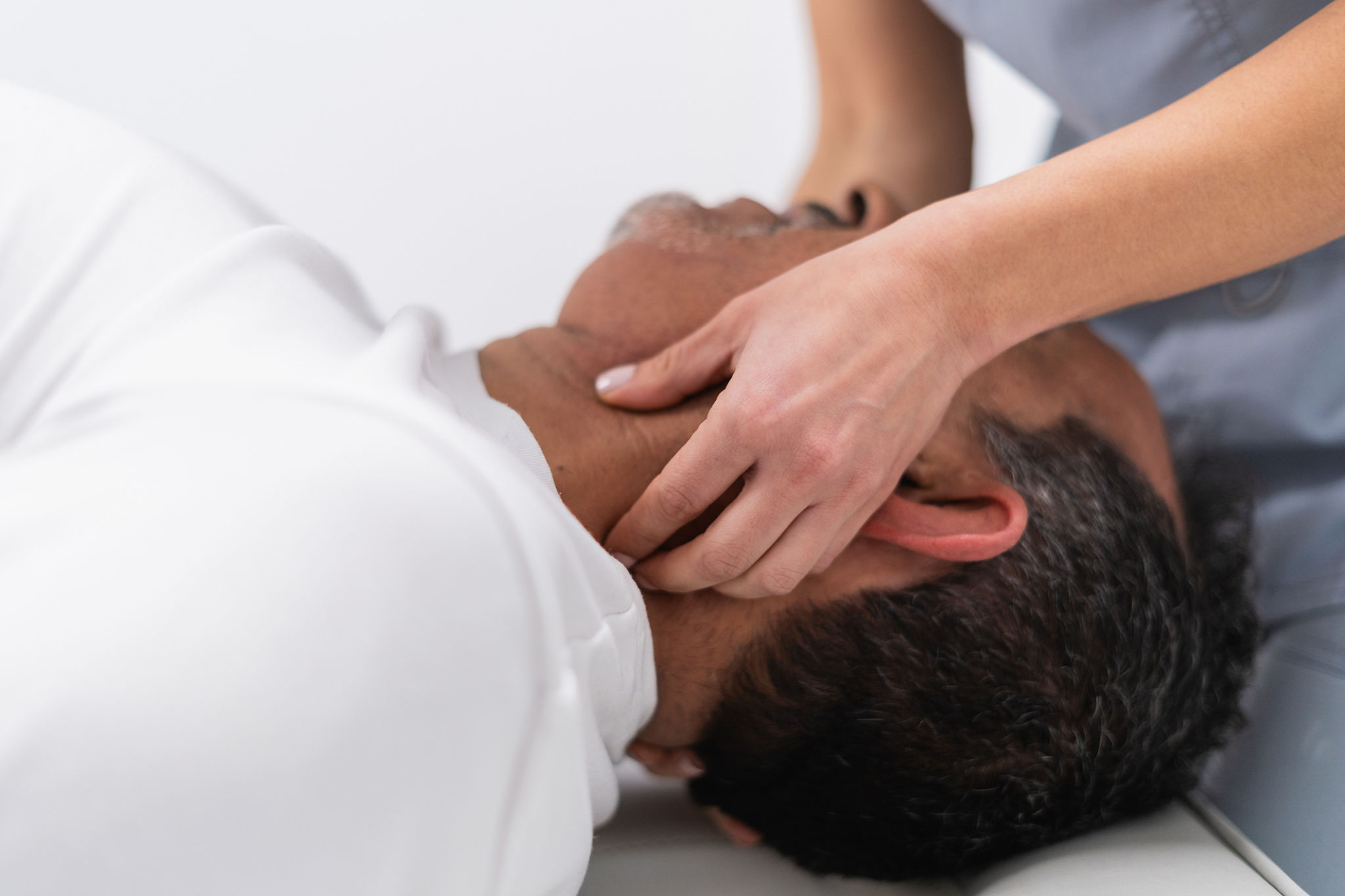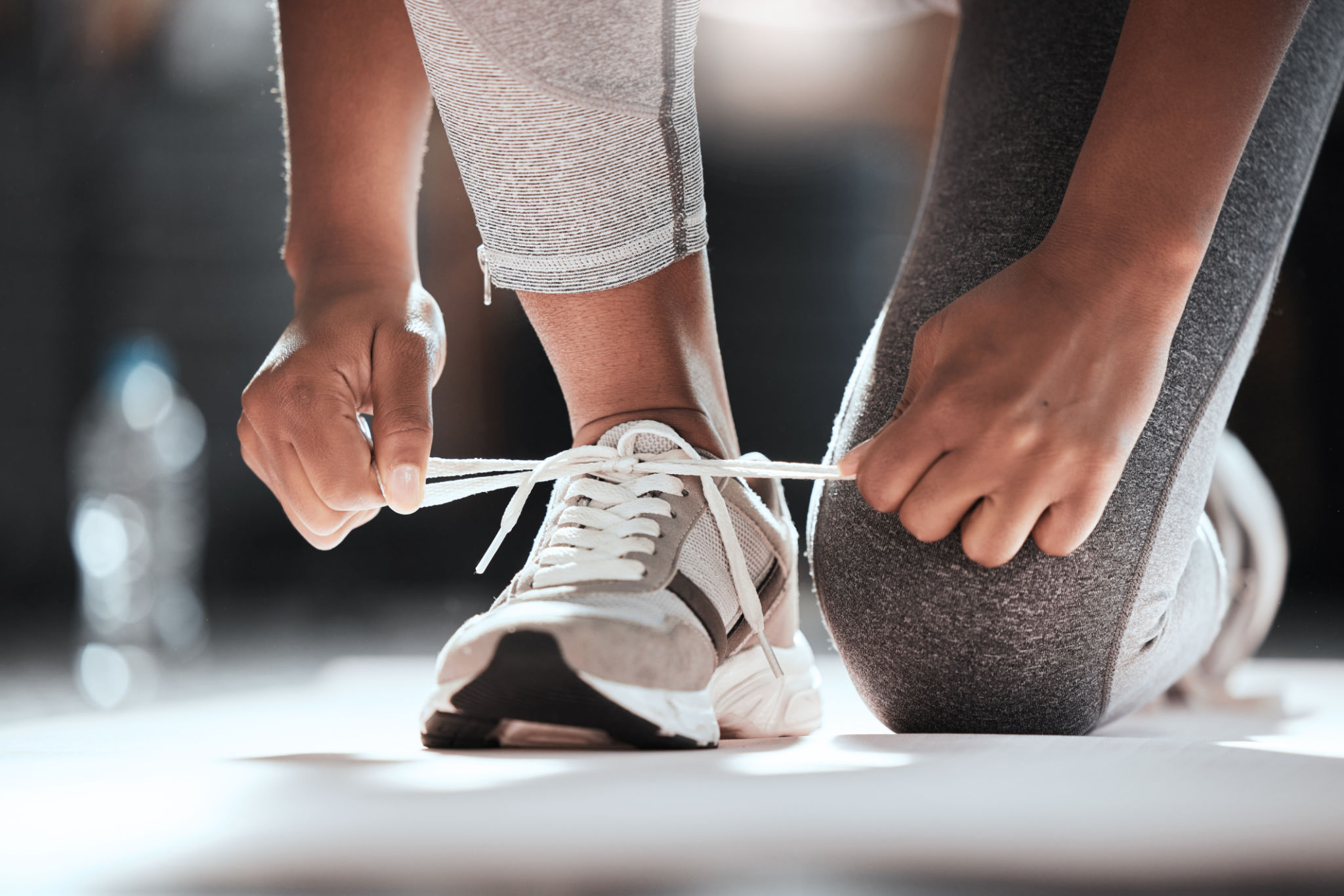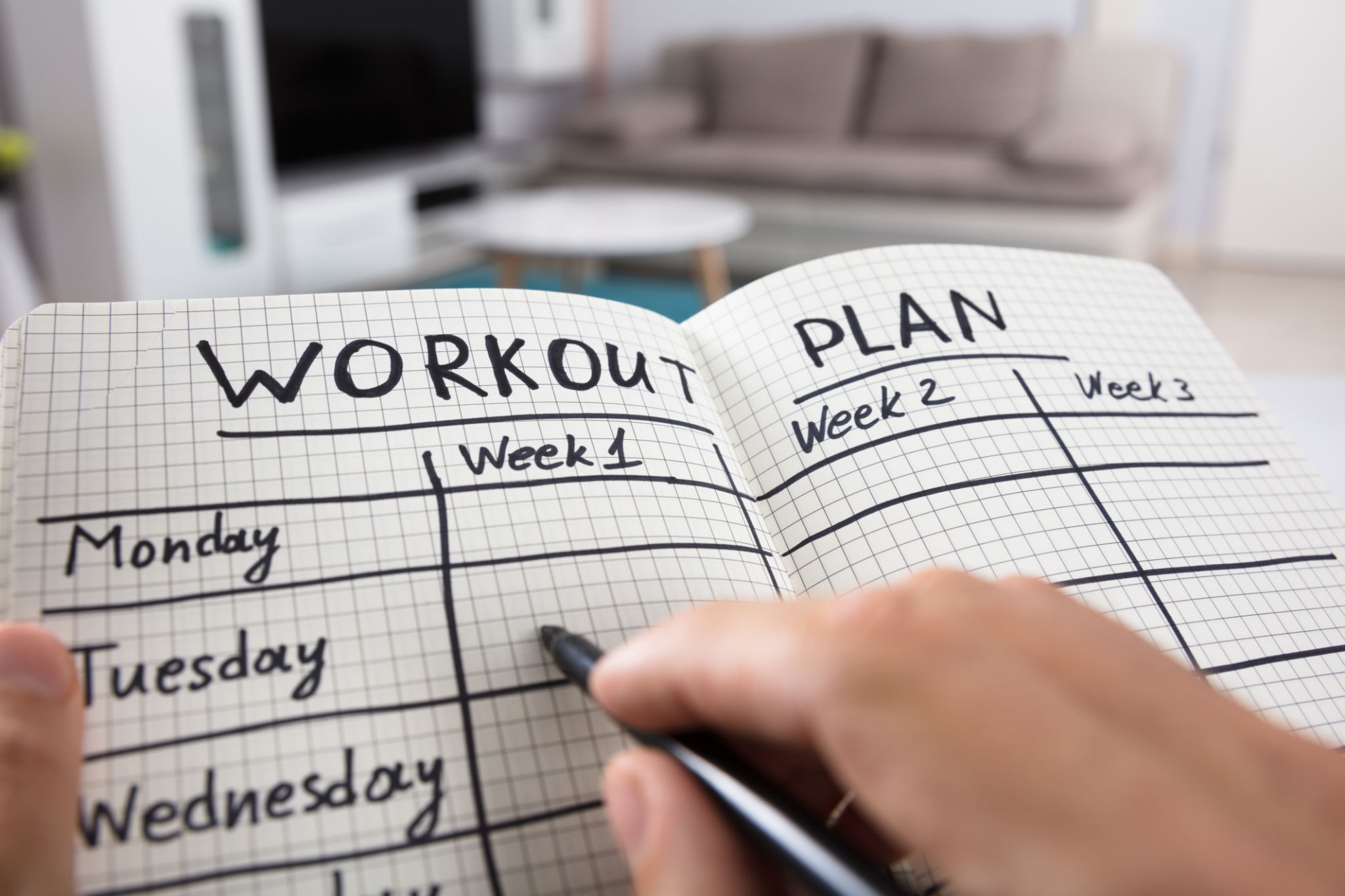DIY Tips: Simple Exercises to Complement Osteopathic Treatment
Understanding the Role of Osteopathy
Osteopathy is a holistic approach to healthcare that focuses on diagnosing, treating, and preventing a variety of health issues by emphasizing the body's musculoskeletal system. Osteopathic treatment can help improve mobility, relieve pain, and support the body's natural healing processes. However, to maximize the benefits of osteopathy, incorporating simple exercises into your routine can be incredibly effective.

Why Complementary Exercises Are Important
Exercises can significantly enhance the effects of osteopathic treatments by strengthening muscles, improving flexibility, and promoting overall physical well-being. They support the structural adjustments made during osteopathic sessions, helping maintain alignment and posture. By incorporating targeted exercises, you can prolong the positive outcomes of your treatment and reduce the likelihood of recurring issues.
Types of Exercises to Consider
When selecting exercises to complement your osteopathic treatment, consider activities that focus on core strength, flexibility, and balance. These aspects are crucial for maintaining bodily alignment and reducing tension.
- Core Strengthening: Exercises like planks and bridges are excellent for building core strength, which supports spinal health.
- Flexibility: Stretching routines such as yoga or pilates can greatly enhance flexibility, helping to prevent stiffness and injury.
- Balance Training: Simple balance exercises like standing on one leg or using a balance board can improve stability and coordination.

Simple Exercises to Try at Home
Incorporating easy-to-perform exercises into your daily routine can make a big difference. Here are some suggestions:
The Cat-Cow Stretch
This yoga-inspired exercise is great for spinal flexibility. To perform this stretch:
- Start on your hands and knees with your wrists directly under your shoulders and knees under your hips.
- Inhale as you arch your back (cow position), lifting your chest and tailbone upwards.
- Exhale as you round your back (cat position), tucking your chin to your chest.
- Repeat for 10 rounds, moving slowly and with control.

The Bridge Exercise
This exercise targets the glutes and lower back muscles:
- Lie on your back with your knees bent and feet flat on the floor, hip-width apart.
- Press through your heels to lift your hips towards the ceiling while keeping your shoulders on the ground.
- Hold for a few seconds at the top before slowly lowering back down.
- Perform 10-15 repetitions.
Listening to Your Body
While exercises can be beneficial, it's crucial to listen to your body and not overdo it. If any movement causes pain or discomfort, stop immediately and consult with your osteopath. They can provide guidance on modifications or alternative exercises tailored to your needs.
Consistency is Key
For the best results, consistency is essential. Aim to integrate these exercises into your routine several times a week. Over time, you'll likely notice improvements in your strength, flexibility, and overall well-being, which will complement the adjustments made during your osteopathic sessions.

Conclusion
Complementing osteopathic treatments with simple exercises is a proactive way to support your health journey. Whether you're seeking pain relief or improved mobility, incorporating these movements can help you achieve lasting benefits. Always consult with your osteopath before starting any new exercise regimen to ensure it aligns with your specific health needs.